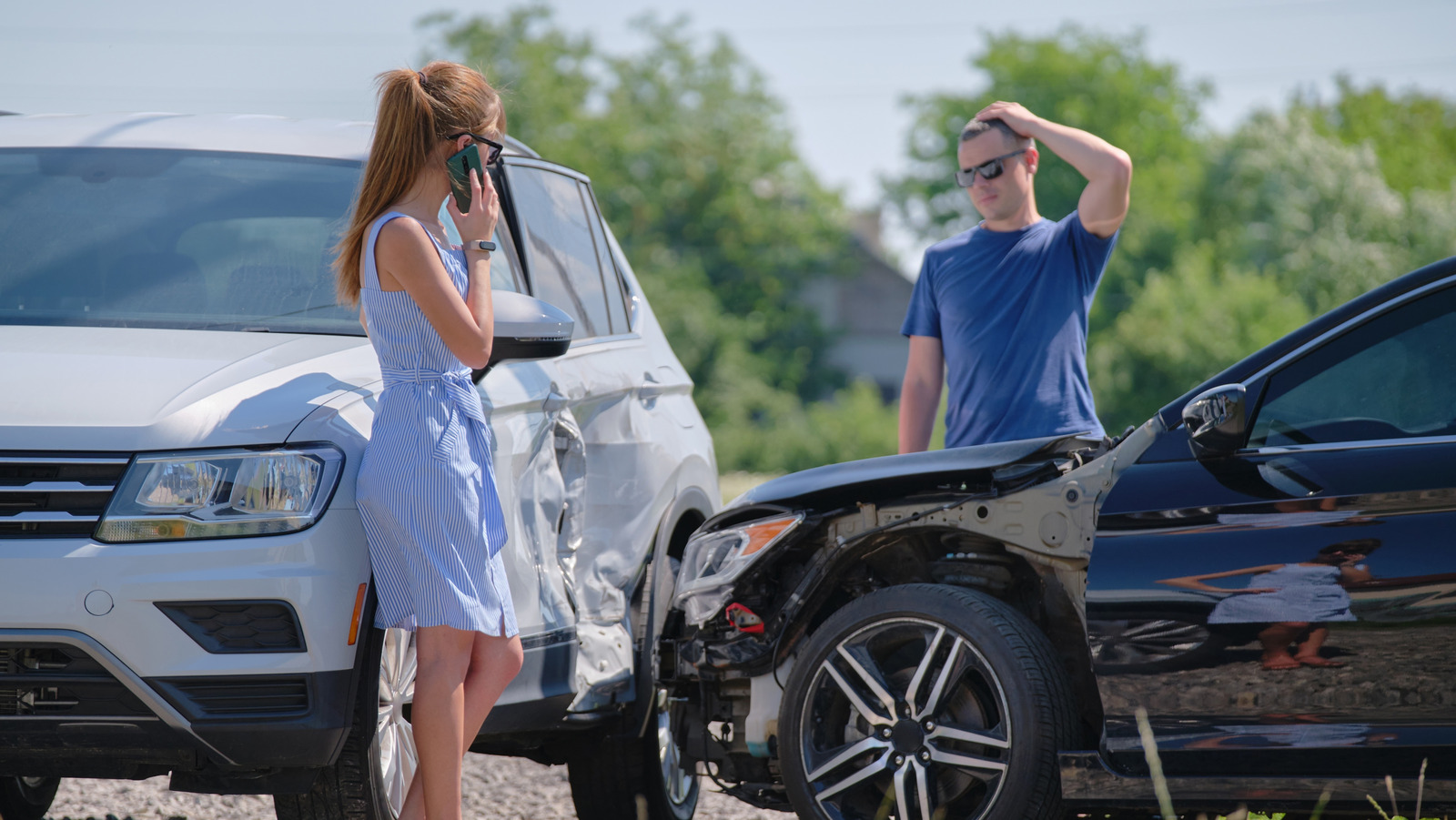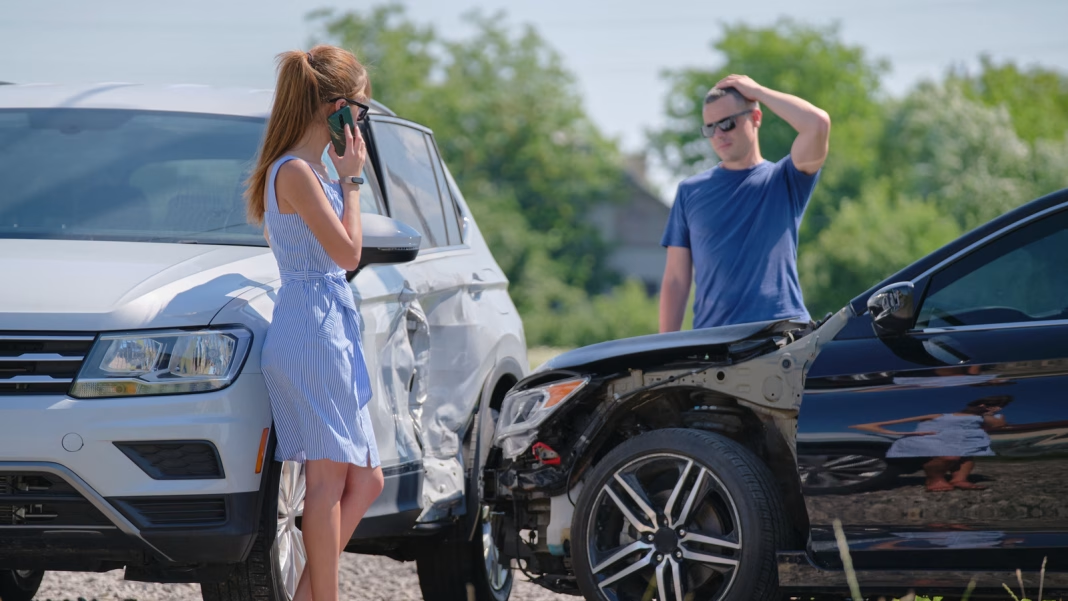Driving is a part of daily life for many of us in the U.S. Whether it’s commuting to work, running errands, or taking a road trip, our cars are practically extensions of ourselves. But with the freedom of the open road comes a sobering reality: car accidents are a common occurrence. If you haven’t experienced one yet, you might feel like it’s just a matter of time. So, what can you do to stay safe and navigate the roads with confidence?
Understanding the Risks of Driving
Driving is inherently risky. According to the National Highway Traffic Safety Administration (NHTSA), there were over 38,000 fatalities in motor vehicle crashes in 2020 alone. That’s a staggering number that highlights just how dangerous our roads can be. Factors like distracted driving, speeding, and driving under the influence contribute significantly to these statistics.
But it’s not just about the numbers. Each accident tells a story, often involving real people and real consequences. Many drivers have experienced that heart-stopping moment when they realize they’re about to collide with another vehicle. It’s a terrifying experience that can leave lasting emotional scars, even if the physical damage is minimal.
What Causes Most Car Accidents?
Understanding the common causes of car accidents can help you become a more cautious driver. Here are some of the leading culprits:
1. **Distracted Driving**: This is perhaps the most prevalent issue today. Texting, adjusting the radio, or even chatting with passengers can divert your attention from the road. In fact, the NHTSA reports that distracted driving claimed 3,142 lives in 2020.
2. **Speeding**: It’s tempting to push the limits, especially when you’re running late. However, speeding reduces your ability to steer safely around curves or objects in the roadway and extends your stopping distance.
3. **Driving Under the Influence**: Alcohol and drugs impair judgment and reaction times. The consequences can be devastating, not just for the driver but for everyone on the road.
4. **Weather Conditions**: Rain, snow, and fog can create hazardous driving conditions. Adjusting your speed and being more vigilant in these situations can make a significant difference.
5. **Fatigue**: Drowsy driving is often underestimated. Feeling tired can impair your reaction time and decision-making skills, similar to being under the influence of alcohol.
Tips for Staying Safe on the Road
So, how can you protect yourself and others while driving? Here are some practical tips:
– **Stay Focused**: Put your phone away and minimize distractions. If you need to make a call or send a text, pull over safely first.
– **Follow Speed Limits**: They’re there for a reason. Adhering to speed limits can give you more time to react to unexpected situations.
– **Never Drive Under the Influence**: Always have a designated driver or use a rideshare service if you plan to drink.
– **Adjust to Weather Conditions**: Slow down and increase your following distance during adverse weather. Your safety is worth the extra time it takes to reach your destination.
– **Get Enough Rest**: If you’re feeling tired, consider taking a break or switching drivers if you’re on a long trip.
Real-Life Experiences
Hearing stories from others can be eye-opening. Many people have shared their first car crash experiences, often recounting how it changed their perspective on driving. One driver recalled a minor fender bender that left them shaken but ultimately taught them to be more cautious. Another shared a more severe accident that resulted in significant injuries, emphasizing the importance of defensive driving.
These stories remind us that accidents can happen to anyone, and they often serve as a wake-up call. It’s crucial to learn from these experiences—both our own and those of others.
Staying Prepared
While we can’t eliminate the risk of accidents entirely, we can be prepared. Make sure your vehicle is in good working condition, keep an emergency kit in your car, and know what to do in case of an accident. Familiarize yourself with local laws regarding reporting accidents and exchanging information.
The big takeaway? Driving isn’t about perfection—it’s about smarter adjustments. Start with one change this week, whether it’s putting your phone away or taking a moment to check your tire pressure. You’ll likely spot the difference by month’s end. Safe driving is a shared responsibility, and every little effort counts.


